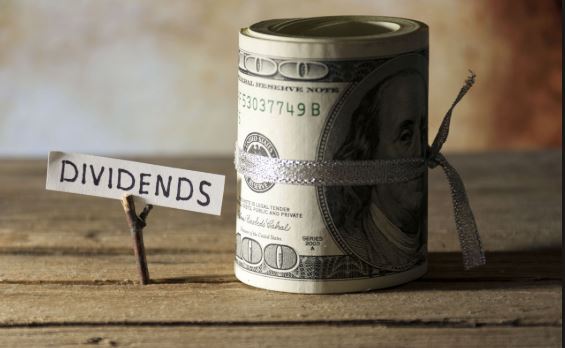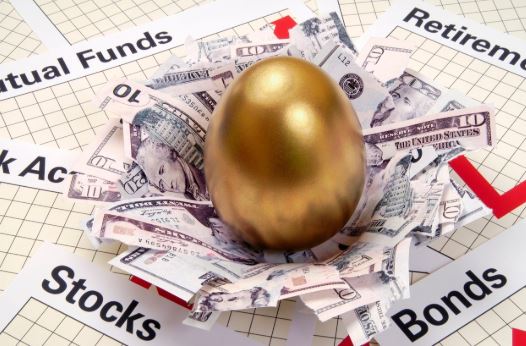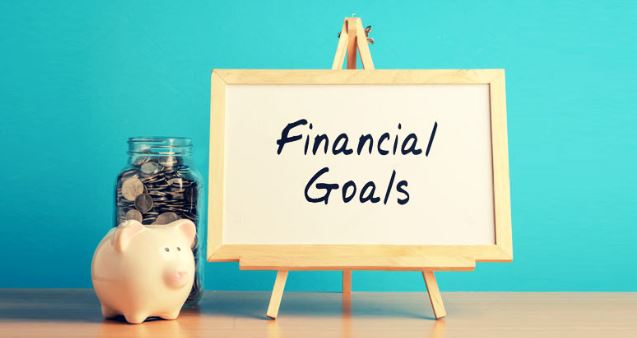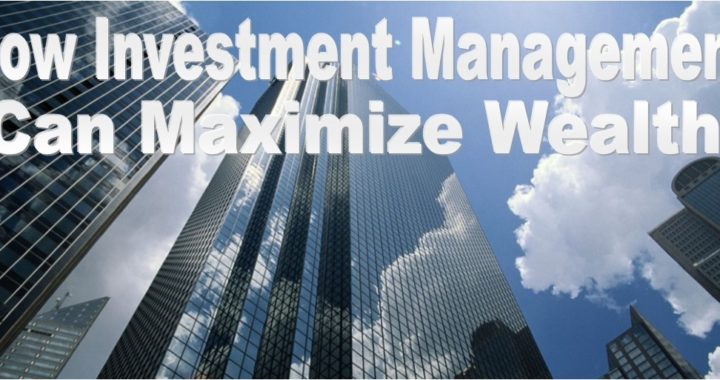The Challenges of Planning for Retirement
Planning for retirement is a daunting task. There are many things to consider when thinking about retirement.
How much should I save? What should I invest in? Will I run out of money?
Often times it can be so overwhelming that many people fail to even plan at all!
Or possibly since they know they should be saving something for retirement but don’t know how much, they will just begin putting aside some random amount invested in some random mutual or index funds without really figuring out the right approach to be taking. These people are mostly just living with hope. Hope that they are putting away enough so that one day they will be able to quit their jobs. Hope that they are saving enough so that they won’t run out of money during their golden years.
Certainly this is better than doing nothing, but there is definitely a better way to go about reaching all of your retirement dreams.
The Problems with Traditional Retirement Advice
Traditional retirement advice often tells people to save some random amount of their annual income (5 or 10%) and invest it in a select group of mutual funds or index funds. This advice is very general and not personalized like retirement planning should be. This will most likely lead the hopeful retiree to either not save enough and run out of money during retirement or to not save enough and realize they have to work longer than they had planned.
Another often heard advice regarding retirement is the 4% rule. The 4% rule allows that a retiree can withdrawal 4% from their retirement savings (adjusted for inflation after the first year) each year to cover living expenses. The retiree will do this by pulling out any income earned from the investments and selling some investments to cover the difference. The idea is that a 4% withdrawal rate is safe enough that the investor should/possibly will have enough money to last until they pass away.
Unfortunately, there is a few big problems with the 4% rule.
- The biggest problem is the fact that there is a possibility that you will run out of money while still living. I’m not sure about you but the last thing I want to worry about in retirement is whether or not I am going to outlast my money.
- A second problem is that the 4% rule requires investors to sell off investments at inopportune times. When the market is down and investments are undervalued is not a good time to be selling.
- Another problem with the 4% rule is that it requires you to draw down your assets. Each passing year your nest egg will get smaller and smaller as you use it to cover your expenses. At the end there will be little if anything left to pass on to your heirs or favorite charities.
Fortunately, there is a better strategy for planning for retirement.
Dividend Growth Investing and a Better Retirement
Dividend growth investing is a great strategy to use when planning for retirement.
Hopeful retirees should calculate the amount of income they believe they will need during their first years of retirement. You can do this by tracking your expenses and projecting out which expenses you will have during retirement and estimating how much money you will need to cover those expenses. Our retirement calculator uses a budget in today’s dollars and provides an inflation adjusted budget by year. Be sure to give yourself a buffer so that you don’t fall short when unexpected surprises pop up.
Determining How Much You Need in Dividends
Once you have a fairly good estimate of how much annual income you will need in your first couple years of retirement, you can calculate a goal for how much of a nest egg you should aim to accumulate. For example, let’s assume you estimate that you will need $45,000 in income during your first year of retirement. Now if we can put together a dividend growth portfolio that is yielding 3.75%, you will need to have a nest egg off $1.2 million (1,200,000/.0375=45,000). If your portfolio is yielding more, you will need a smaller nest egg. If it yields less, you will need a larger nest egg.
This gives us a fairly reasonable goal of how big of a nest egg we want to try to accumulate in a dividend growth portfolio by the time we are ready to retire.
So if we decide that we need $1.2 million for retirement, we can figure out exactly how much we should be saving/investing each year from here until we plan to retire to reach this goal.
The investor will want to work towards this goal and if accomplished will have a solid foundation built for a great retirement.
A dividend growth retirement eliminates all of the problems with the traditional 4% withdrawal advice. Specifically:
- Dividend growth investors will be living off of the dividend income received from the companies they own. Therefore, they will not need to worry about running out of money because they are not selling their investments to offset expenses. Instead their portfolio is earning an income (growing each year at a rate faster than inflation) which will be able to cover all of their expenses.
- Since the dividend growth retiree is not forced to sell any of their investments, they won’t be selling at the wrong times. A dividend growth retiree won’t need to sell any of their investments unless one of their companies cuts or eliminates their dividend payments. In that situation the retiree will want to react by selling off those shares and finding an alternative dividend growth company to own in its place. Most of the time, dividend growth investors will be long term holders of their companies and won’t be selling.
- Since the dividend growth retiree does not need to sell off their nest egg to cover expenses, they will have a large amount of wealth in which they can pass on to their heirs or favorite charity organizations. You’ve worked hard to accumulate that nest egg, do you really want to watch it all dwindle away and have nothing to leave behind when you pass?
A dividend growth retirement plan can be a great investment strategy when it comes to securing your financial future.





 The services of these investment experts can be very advantageous to every investor, either private or institutional. These professionals have in-depth know-how about the asset market, making sure that ROI is maintained by way of making a diversified asset portfolio. Aside from dealing with the funds, investment managers also come up with tailored investment strategic plans in order for the goals of their clients to be realized. However, the investor will be the one who will determine for the style to use. Before the implementation process, the asset management group will talk about things with the investors to finalize everything.
The services of these investment experts can be very advantageous to every investor, either private or institutional. These professionals have in-depth know-how about the asset market, making sure that ROI is maintained by way of making a diversified asset portfolio. Aside from dealing with the funds, investment managers also come up with tailored investment strategic plans in order for the goals of their clients to be realized. However, the investor will be the one who will determine for the style to use. Before the implementation process, the asset management group will talk about things with the investors to finalize everything.
